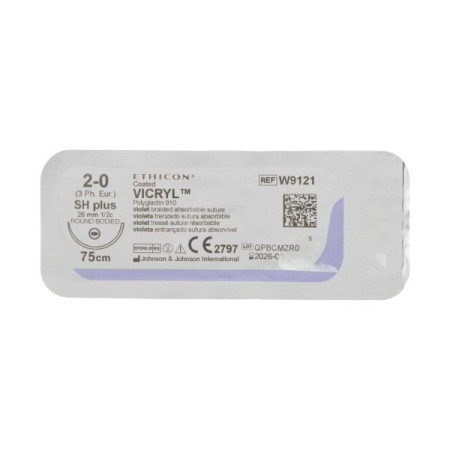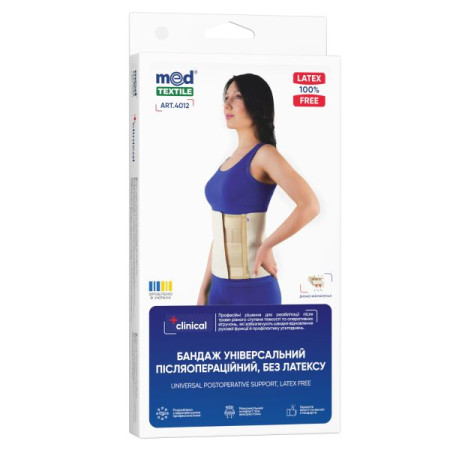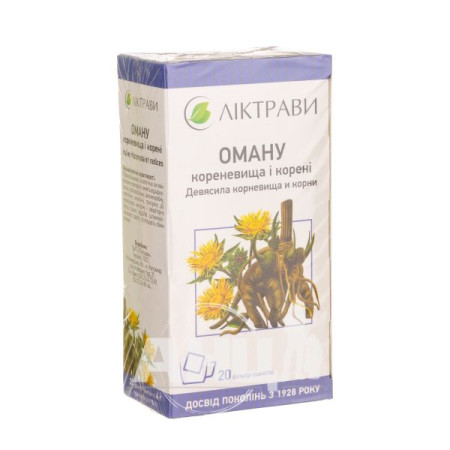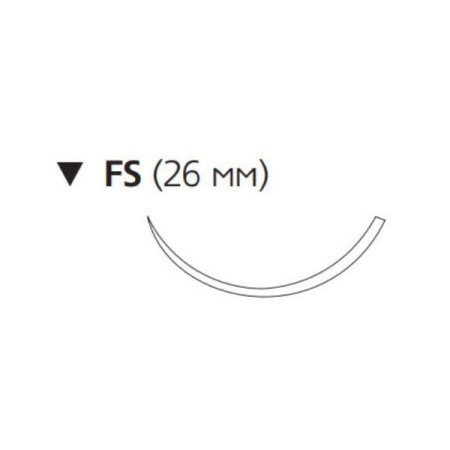Lidocaine spray 10% bottle 38 g + plastic valve-dispenser No. 1

Instructions Lidocaine spray 10% bottle 38 g + plastic valve-dispenser No. 1
Composition
active ingredient: lidocaine;
1 bottle contains 3.8 g of lidocaine; 1 dose contains 4.8 mg of lidocaine;
Excipients: ethanol 96%, propylene glycol, peppermint oil.
Dosage form
Spray.
Main physicochemical properties: colorless alcoholic solution with a menthol aroma.
Pharmacotherapeutic group
Preparations for local anesthesia. ATX code D04A B01.
Pharmacological properties
Pharmacodynamics
Lidocaine is a membrane-stabilizing agent of the amide group for local anesthesia. It inhibits sensitive nerve endings of the skin and mucous membranes, i.e. causes reversible inhibition of the conductivity of tissue elements of nerve cells (neurons, axons, synapses).
The mechanism of action of local anesthetics is to inhibit ion flows – which are essential for the generation of a stimulus – across neuronal membranes.
Lidocaine inhibits the stimulus-activated transient increase in permeability for sodium ions and, to a lesser extent, reduces the passive permeability for potassium and sodium ions, thereby stabilizing neuronal membranes. Lidocaine reduces the degree of depolarization that occurs in response to a physiological stimulus, as well as the amplitude of the action potential, and inhibits nerve conduction.
Among the various sensory modes of action, local anesthetics primarily suppress pain sensitivity, which is accompanied by suppression of thermal and tactile sensations. Lidocaine absorbed after topical application can cause excitation or depression of the central nervous system. Its effects on the cardiovascular system can manifest as conduction disturbances and peripheral vasodilation.
Pharmacokinetics
After topical application, Lidocaine penetrates the tissues and has a local anesthetic effect.
The effect of Lidocaine develops within 1 minute and lasts from 5 to 6 minutes. Subjective symptoms of numbness slowly disappear within 15 minutes.
Lidocaine is rapidly absorbed when applied to mucous membranes and damaged skin, but poorly absorbed when applied to healthy skin. The rate of absorption and the amount of active substance that enters the bloodstream depend on the dose, type, size and condition of the surface to which the drug is applied (skin or mucous membrane), as well as on exposure.
Transdermal application of 500 mg of lidocaine provides therapeutic levels of the drug in the blood. The maximum concentration of lidocaine in the blood serum is reached within 1 hour after application of the drug. When using this dose, the concentration of lidocaine in the blood serum remains in the therapeutic range for 7–8 hours. The amount of active substance used in any case does not exceed 300–350 mg.
Lidocaine is metabolized in the liver. It is first dealkylated and then hydrolyzed. Both the unchanged drug and its metabolites are excreted primarily by the kidneys. The half-life of lidocaine is 1.6 hours.
Indication
Dentistry and maxillofacial surgery
Anesthesia of the injection site before local anesthesia, anesthesia during the opening of a superficial abscess, removal of mobile deciduous teeth and bone fragments, suturing of mucous membranes. Anesthesia of the gums for fixing a tooth crown or a dental bridge. The drug is used for manual or instrumental removal of tartar or for cutting off enlarged interdental papillae to reduce or suppress the hypersensitive swallowing reflex. When taking an impression of the dentition or placing an X-ray film, the drug can be used only when elastic impression materials are used.
Lidocaine spray can be used for children during frenectomy and removal of salivary gland cysts.
Removal of superficial benign tumors of the mucous membrane.
Otolaryngology
In the treatment of nosebleeds before electrocautery, septal resection and nasal polyp resection. Also used before tonsillectomy to suppress the gag reflex and anesthetize the injection site.
As additional anesthesia before opening a peritonsillar abscess or before puncture of the maxillary sinus.
Anesthesia before sinus lavage.
Endoscopic and instrumental examinations.
Pharyngeal anesthesia before inserting various tubes through the nose or mouth (gastroduodenal tube, Sengstaken tube).
Tracheotomy tube replacement.
Obstetrics and gynecology.
Perineal anesthesia for episiotomy. Suture removal. Anesthesia of the surgical field for vaginal or cervical surgeries.
Dermatology
Anesthesia of the skin and mucous membranes during minor surgical interventions.
Contraindication
Hypersensitivity to the components of the drug, as well as to other amide local anesthetic drugs; in dentistry, the use of the drug is contraindicated before using plaster due to the risk of aspiration.
Interaction with other medicinal products and other types of interactions
Caution should be exercised when using Lidocaine in patients receiving IV-type antiarrhythmics (e.g. tocainide, mexiletine) due to the risk of cumulative toxicity.
When used simultaneously with class IA antiarrhythmic drugs (including quinidine, procainamide, disopyramide), the QT interval is prolonged and, in very rare cases, the development of AV block or ventricular fibrillation is possible.
Phenytoin enhances the cardiodepressive effect of lidocaine.
When used simultaneously with procainamide, delusions and hallucinations are possible.
Lidocaine may enhance the effects of drugs that cause neuromuscular blockade.
Against the background of digitalis glycoside intoxication, lidocaine may increase the severity of AV block.
Ethanol enhances the respiratory depressant effect of lidocaine.
The concentration of lidocaine in the blood serum increases with simultaneous use with the following drugs: aminazine, cimetidine, propranolol, peptidine, bupivacaine, quinidine, disopyramide, amitriptyline, imipramine, nortriptyline.
No specific studies have been conducted on the interactions of lidocaine with class III antiarrhythmic drugs (e.g. amiodarone), but caution is recommended due to the increased effect on cardiac function in patients with impaired cardiovascular function.
Application features
The drug should be applied with caution to the posterior wall of the pharynx.
With transbuccal use, dysphagia and subsequent aspiration may develop, especially in children. Due to the insensitivity of the tongue and buccal mucosa, there is a risk of injury due to biting.
Lidocaine is rapidly absorbed through mucous membranes (especially the tracheal mucosa) and through damaged skin. This should be taken into account, especially when the drug is applied to large areas or when used in children.
Caution should be exercised when applying the drug to affected mucous membranes and/or infected areas.
Caution should be exercised when using the drug in patients with epilepsy, as well as in bradycardia, conduction disorders, heart failure, impaired liver and kidney function, and shock, especially if absorption of a significant amount of the drug is possible, which depends on the dose used and the area of the area being treated.
Debilitated patients, elderly patients, seriously ill patients, and children should use lower doses of the drug according to their age and general condition.
The product contains propylene glycol, which may cause skin or mucous membrane irritation.
Lidocaine spray may have a porphyrinogenic effect in patients with acute porphyria, so it should only be prescribed for vital indications.
Ability to influence reaction speed when driving vehicles or other mechanisms
Considering that sensitive patients may experience adverse reactions from the central nervous system (excitement, depression, nervousness, dizziness, drowsiness, spasms, loss of consciousness, respiratory paralysis) when using the drug, you should refrain from driving vehicles and other work that requires concentration of attention while taking the drug.
Use during pregnancy or breastfeeding
Strictly controlled clinical studies of the safety of the drug during pregnancy have not been conducted, however, Lidocaine has been used for a long time and has not caused any harm to the patient's health.
Preclinical studies have not revealed any toxic effects of Lidocaine on fetal development.
In the absence of a safer treatment method, Lidocaine spray can also be used during pregnancy.
Lidocaine is excreted in breast milk, but when using usual therapeutic doses, the amount of the drug excreted is so insignificant that it does not harm the breast-fed child.
Method of administration and doses
For external use.
Remove the cap, attach the dosing valve and fill the bottle pump with solution before first use (press the pump several times until an aerosol appears in the air).
If the spray bottle has not been used for a long time, the pump may need to be refilled.
The dose of the drug depends on the indications and the size of the surface to be anesthetized.
With each spray of 1 portion of the spray, 4.8 mg of lidocaine (1 dose) is released onto the surface.
In order to avoid high plasma drug concentrations, it is important to use the lowest dose that provides a satisfactory effect.
Approximate doses for various indications:
| Indication | Dose (number of presses) |
| Dentistry | 1-3 |
| Maxillofacial surgery | 1-4 |
| Otolaryngology | 1-4 |
| Endoscopy | 2-3 |
| Obstetrics | 15-20 |
| Gynecology | 4-5 |
| Dermatology | 1-3 |
Usually 1–2 sprays are sufficient, although in obstetrics 15–20 sprays or more are used (maximum dose 40 sprays/70 kg of body weight).
The drug can be applied to large surfaces using a cotton swab impregnated with Lidocaine 10% spray.
In dentistry or maxillofacial surgery, Lidocaine spray can be used in children by applying it with a swab, which avoids the risk of inhalation of the drug and the burning sensation that is usually a side effect of the drug. Children under 2 years of age can be used in the same way.
Children
The drug is used in pediatric practice.
By suppressing the pharyngeal reflex and reaching the larynx and trachea (risk of aspiration), lidocaine suppresses the cough reflex, which can lead to bronchopneumonia.
For children under 2 years of age, it is advisable to apply the drug using a cotton swab soaked in Lidocaine.
Lidocaine spray is not recommended for local anesthesia before tonsillectomy and adenoidectomy in children under 8 years of age.
Overdose
Symptoms: increased sweating, pale skin, dizziness, headache, blurred vision, tinnitus, diplopia, decreased blood pressure, bradycardia, arrhythmia, drowsiness, chills, numbness of the extremities, anxiety, convulsions, shock, methemoglobinemia, cardiac arrest.
Treatment.
If necessary, provide access to fresh air, oxygen and/or artificial respiration.
Convulsions resulting from overdose should be treated with succinylcholine.
(1 mg/kg body weight) and/or diazepam (1 mg/kg body weight intravenously). Since succinylcholine may cause respiratory arrest, it should only be used by specialists experienced in endotracheal intubation and the management of patients with respiratory arrest.
Short-acting barbiturates, thiopental, can also be used.
If symptoms from the cardiovascular system appear (bradycardia, conduction disturbances), atropine (intravenously 0.5–1 mg) and sympathomimetics should be prescribed.
In case of ventricular fibrillation and cardiac arrest, immediate resuscitation measures are indicated.
Dosage for children should be appropriate for their age and body weight.
Adverse reactions
Local effects
When using Lidocaine, a burning sensation may occur, which disappears after the anesthetic effect appears (within 1 minute).
Transient erythema, edema, and decreased sensitivity may occur at the site of application.
Allergic reactions
Including: skin rash, itching, urticaria, angioedema, bronchospasm, and in extremely severe cases, shock.
If hypersensitivity reactions occur, the use of the drug should be discontinued.
Systemic effects
If Lidocaine, spray, is used according to the instructions, the incidence of systemic effects is extremely low, since the amount of active substance that can reach the bloodstream is very small. When using high doses and in case of rapid absorption of lidocaine or in case of hypersensitivity, idiosyncrasy, or reduced tolerance, the following side effects may develop:
from the side of the central nervous system: excitement, depression, nervousness, dizziness, drowsiness, spasms, loss of consciousness, respiratory paralysis;
Cardiovascular system: hypotension, myocardial infarction, bradycardia, cardiac arrest.
Expiration date
5 years.
Storage conditions
Store at a temperature not exceeding 25 °C out of the reach of children.
Packaging
38 g of spray in a bottle.
1 bottle + 1 plastic dispenser valve in a cardboard box.
Vacation category
According to the recipe.
Producer
CJSC Pharmaceutical Plant EGIS, Hungary.
Location of the manufacturer and its business address
9900, Kermend, 65 Matyas Kirai Street, Hungary.
There are no reviews for this product.
There are no reviews for this product, be the first to leave your review.
No questions about this product, be the first and ask your question.















